The Tobacco Cave, Mexico
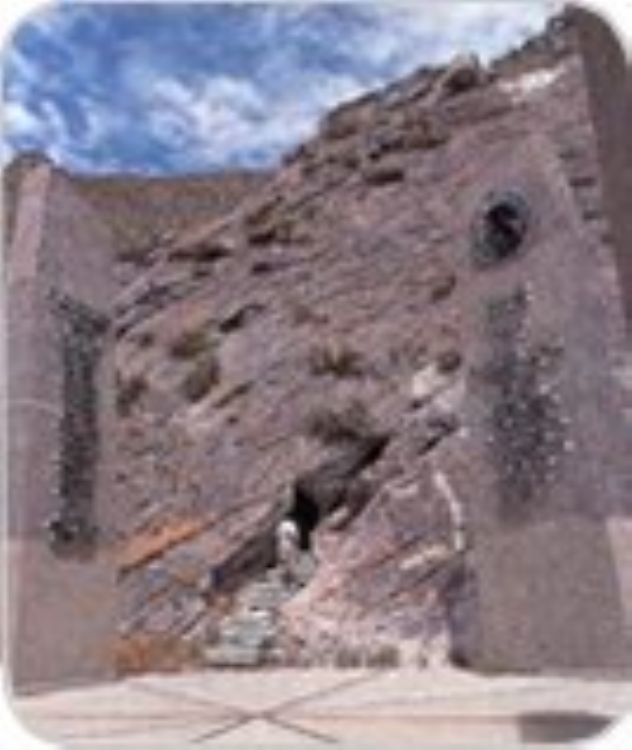
During the War of Reform, the confrontation between liberals and conservatives caused a terrible economic crisis. Hence, President Benito Juarez decreed the suspension of payment to creditors. Upon this decision, France declared war on Mexico in 1862.
Juarez fled from the capital together with a caravan to take with him the Government of the Republic to the north, away from the invaders. In the caravan were his main ministers and the nationâs archives, documents making up the regime of democracy and freedom. At Mexico Cityâs square, thousands of Mexicans went to bid farewell on May 31, 1963.
While on his journey through Monterrey, in March 1864, Juarez wrote a letter to Emperor Maximilian with the following lines:
âIt is customary for men to attack the rights of others, seize their goods, attack the lives of those who defend their nationality, turn their virtues into a crime and their vices into a virtue; but there is one thing out of perversityâs reach, it is historyâs tremendous verdict. She will judge us.â
When the caravan reached El Gatuño Ranch, its dwellers, humble farmers, came out to their encounter, offering lodging and food. After proving the loyalty of these persons, the president asked for a person capable of carrying out an important and dangerous mission. One of them went away and quickly returned with a middle aged farmer, Juan de la Cruz Borrego. Juarez asked him to choose a group of his most trusted men to guard the Nationâs Archive.
These men decided to hide the archive within a narrow orifice sculpted by nature, the Tobacco Cave.
When the French and their Mexican allies reached El Gatuño, they were sure Juarez had hid the treasure nearby. Brothers Pablo and Manuel Arreguin were taken prisoners but neither the promise of a reward nor the tortures made them confess. Pablo was shot and Manuel was hanged. Soon after, Marino Ortiz fell in the hands of the inquirers who tortured and mutilated him for days. He never said a word and was also murdered.
Upon the Republicâs triumph in 1867, Juan de la Cruz Borrego and the survivors personally handed the Nationâs Archive that Juarez had trusted them with to the emissary from the Federal Government.
Today, the Tobacco Cave is a National Monument and can be visited to closely experience such a crucial moment in the Mexican Republicâs history. Established in 1963, the Juarista Museum of Congregación Hidalgo displays photographs of the custodians, decrees, copies of plans, testimonies and letters related to the heroic rescue and guarding of the Nationâs Archive.
Artículo Producido por el Equipo Editorial Explorando México.
Copyright Explorando México, Todos los Derechos Reservados.
Foto: Torreon.gob.mx

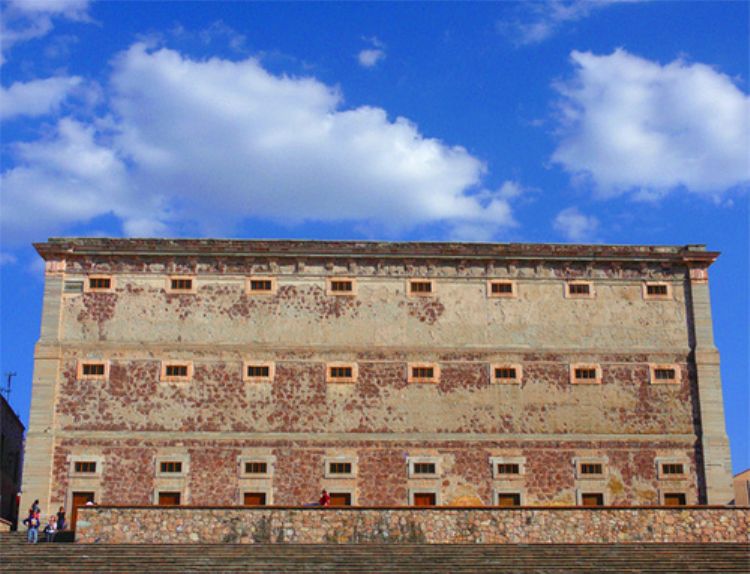
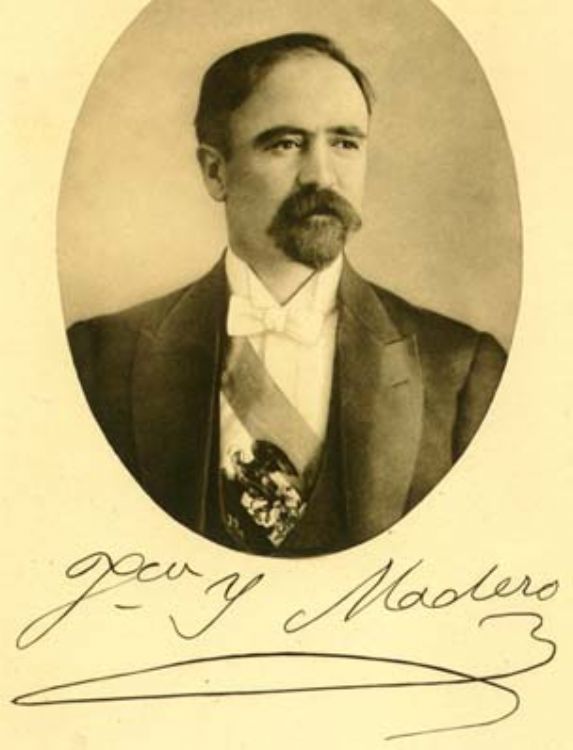
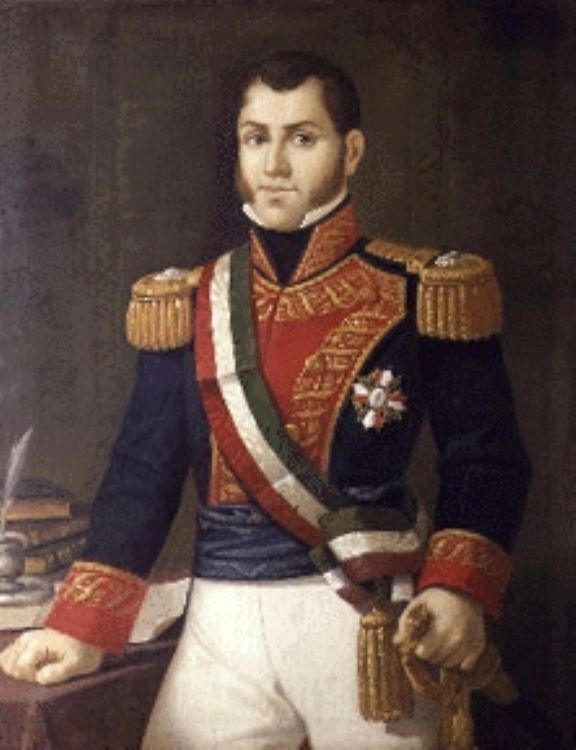

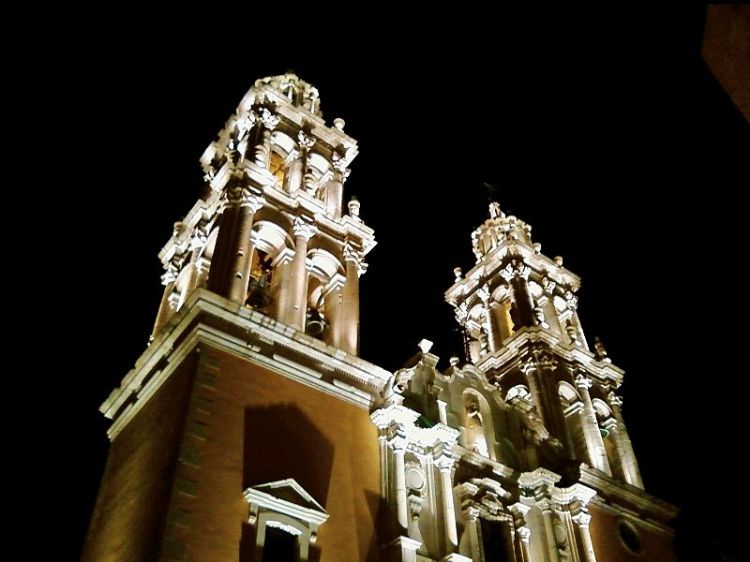
.jpg)